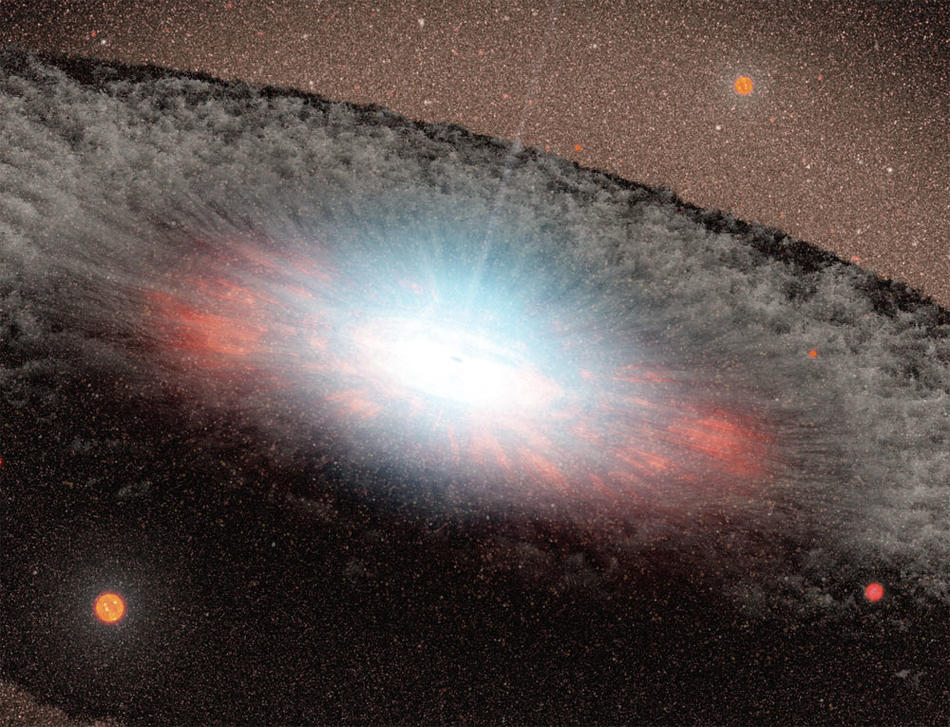A black hole is by definition invisible, a gravitational force so immense that even light cannot escape. How do we know it's there? Envision a tornado: You don't see its vortex, just the debris picked up around the edges. Astronomers, similarly, see cosmic material spiraling toward a black hole only before it enters, or more precisely, they detect heat energy that the material emits.
The most powerful black holes frustrate attempts at observation, however, because they grow in the most gaseous and dusty regions of the universe. The debris that surrounds and feeds these so-called supermassive black holes obscures from astronomers the action taking place near the holes themselves.
Columbia physics professor Charles Hailey has developed optics technology that could enable astronomers to study black holes that have never been seen clearly before, and even to identify new black holes billions of light-years away. He has designed the largest telescope ever for detecting hard x-rays, a type of energy generated at the edge of supermassive black holes and so powerful that it emanates out past the surrounding maelstrom.
Hailey expects to soon receive a $7 million to $10 million contract from NASA to fine-tune his technology and put it aboard a satellite to be launched in 2011 as part of NASA's Nuclear Spectroscopic Telescope Array project. Hailey is the principal investigator for the program's optics work.
"This will be an exploratory mission that will ask: How many black holes are out there? What are their sizes? What is their energy output?" says Hailey. "We should make major discoveries because our telescope will be 1000 times more sensitive to black holes than anything that's ever gone into space."



